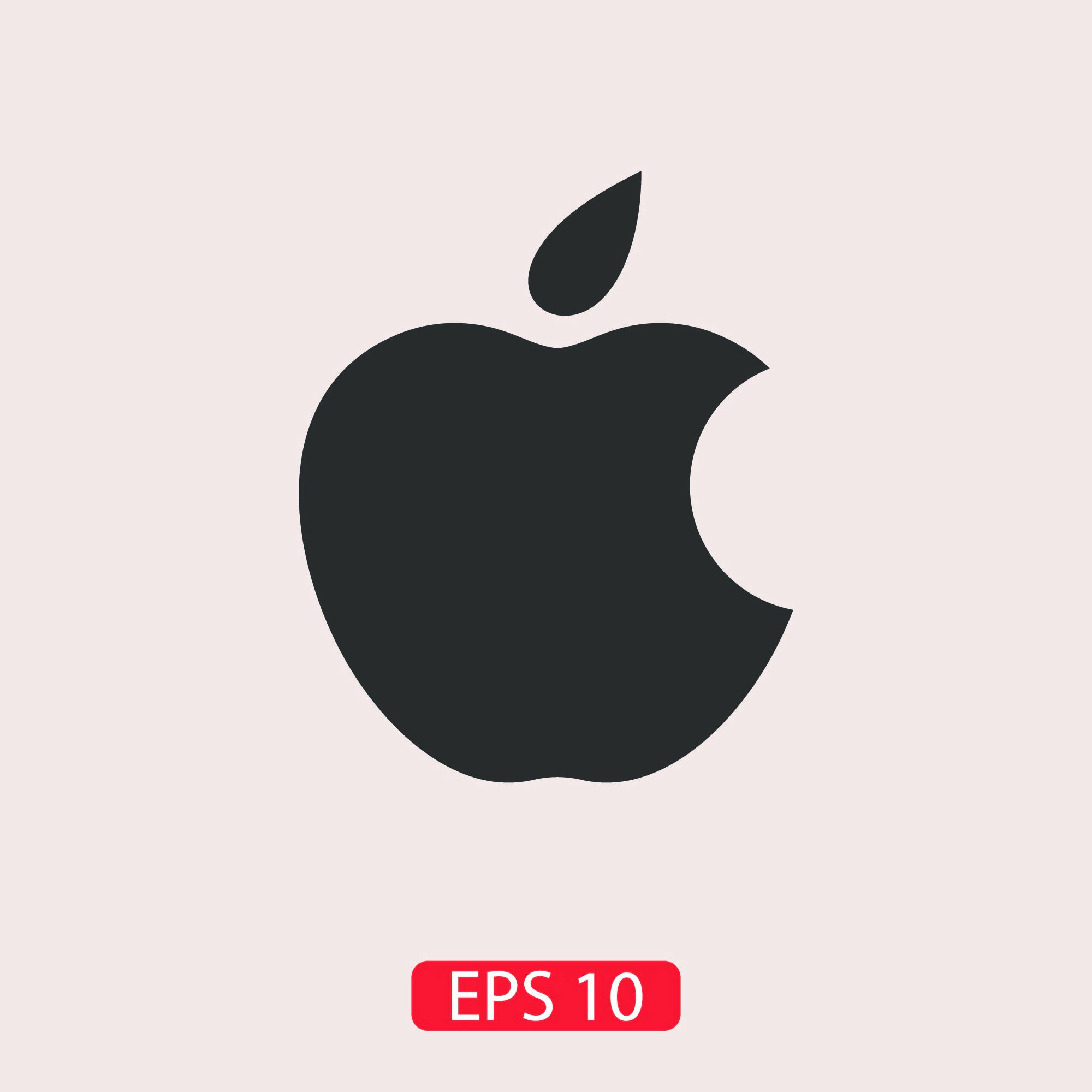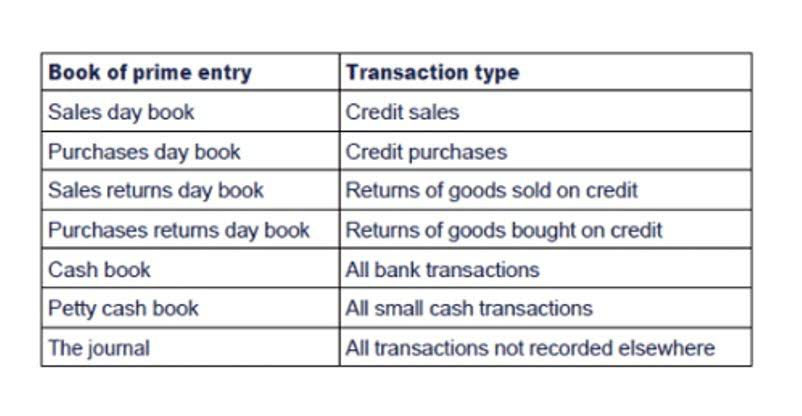
When https://x.com/BooksTimeInc we talk about product costs, we’re diving into the nitty-gritty of how much it takes to make the things a business sells. So, in the financial statements, it’s a key player in the Cost of Goods Sold (COGS) section on the income statement. The type of labor involved will determine whether it is accounted for as a period cost or a product cost.
- Return on Investment is a widely used financial metric to evaluate the profitability and efficiency of an investment.
- The Break-Even Point formula is used to determine the level of sales or production volume at which a business neither makes a profit nor incurs a loss.
- The Cost of Capital is calculated by weighting the cost of each source of financing (equity, debt, etc.) by its proportion in the company’s capital structure.
- ROE is used to assess the financial performance and profitability of a company from the perspective of its shareholders.
- The Payback Period helps assess the risk and liquidity of an investment.
What are Period Costs in Managerial Accounting?

It involves setting a target cost for a product based on the price customers are willing to pay, and then designing and developing the product to meet that cost target. Economic Order Quantity (EOQ) is a formula used in inventory management to determine the optimal order quantity that minimizes total inventory costs. It aims to find the balance between inventory carrying costs and ordering costs. Let’s consider a company with a net profit of $500,000 and total sales revenue of $2,000,000. ROCE is calculated by dividing the operating profit (or earnings before interest and taxes) by the capital employed and multiplying by 100 to express it as a percentage.
What is the difference between Period and Product Costs?
If this was only for one cost item, I would have stopped pursuing a solution. But this was for multiple lines of cost, so the effort to do this manually was going to snowball. Calculating multiple lines of cost will be taxing for the person and increased the tendancy to make human errors as well. So I persisted and wa glad that a solution that was easy to manage could be found in the end and was described below.
How does the accounting term “period expense” differ from an operating expense?

It’s important to note that the Overhead Rate is an estimate and may differ from the actual overhead costs incurred. At the end of the accounting period, the actual overhead costs are reconciled with the allocated costs to determine any under- https://www.bookstime.com/ or over-allocated overhead costs. The cost of goods sold is $500,000, and the operating expenses amount to $300,000.
- They can also include legal fees and loan interest if these amounts are paid in advance.
- Total Cost (TC) is calculated by summing up all the costs incurred in producing goods or providing services within a specific period.
- Therefore, it implies that these costs are significantly different from each other.
- By dividing the total fixed costs a company incurs over a given period by the quantity of units produced during that period, one can calculate fixed cost per unit (FC).
- For instance, a business may be able to deduct the full amount of certain administrative expenses, such as office supplies or non-depreciable equipment, in the year they are purchased.
Administrative

Direct labor that is tied to production can be considered a product cost. However, other labor, such as secretarial or janitorial staff, would instead be period costs. Product costs are often treated as inventory and are referred period cost formula to as “inventoriable costs” because these costs are used to value the inventory. When products are sold, the product costs become part of costs of goods sold as shown in the income statement.

- Return on Capital Employed (ROCE) is a financial ratio that measures the profitability and efficiency of a company in generating returns from the capital invested in its operations.
- It helps companies optimize costs while delivering value to customers.
- Conversely, a negative price variance would indicate cost savings due to the actual price being lower than the standard price.
- By analyzing and understanding variable costs, businesses can make informed decisions regarding pricing, production levels, and cost management.
- Although the per-unit cost may vary for these costs, the total expense remains the same.
An amount that should be charged to the current accounting period as an expense. Following is the profit and loss statement of ABC Ltd, you are required to compute period expenses. These costs include items that are not related directly to the primary function of a business, such as paying utility bills or filing legal suits.
